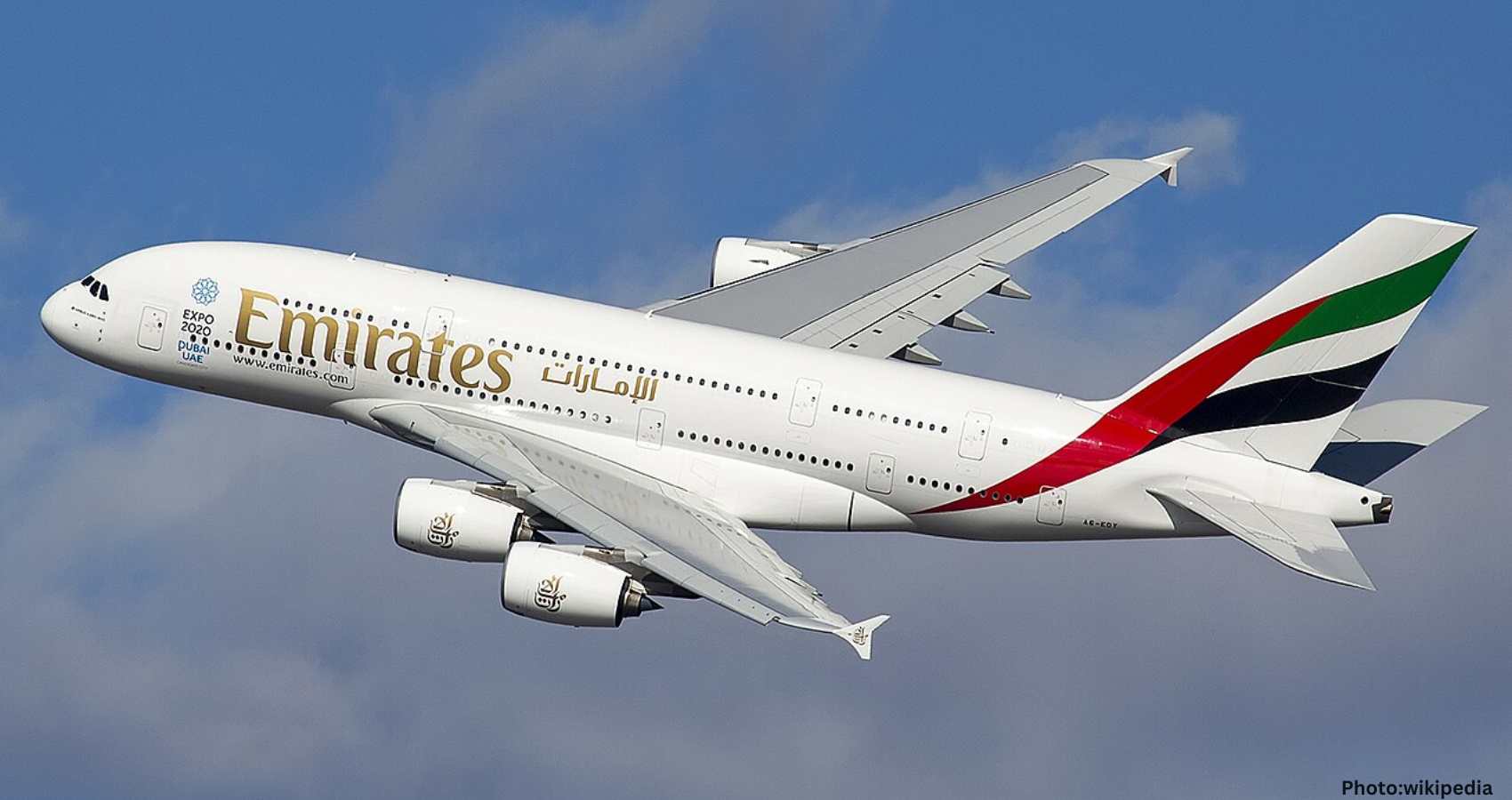Middle Eastern airlines Emirates, Etihad Airways, and Qatar Airways are renowned operators of the massive Airbus A380, a symbol of luxury and efficiency in long-haul air travel.
The Airbus A380, recognized as the world’s largest passenger airliner and the sole full-length double-deck jet, has left a significant mark in aviation history. Initiated in the late 1980s to compete with Boeing’s 747 in the long-haul market, Airbus officially launched the A380 program in December 2000, investing nearly $11 billion. The prototype’s maiden flight occurred in April 2005, and by December 2006, the aircraft received its type certificate from the European Union Aviation Safety Agency (EASA) and the Federal Aviation Administration (FAA). Singapore Airlines introduced it into commercial service in October 2007, and production continued until 2021, resulting in over 250 A380s built.
Emirates, Etihad Airways, and Qatar Airways are among the most notable operators of the A380 in the Middle East. Emirates leads with the largest A380 fleet globally. According to aviation database ch-aviation, Emirates has 118 A380s, with 93 currently active and 25 inactive. The fleet’s average age is 10.6 years, offering a total capacity of 60,616 seats. The oldest aircraft, registered as A6-EDF, is 19.4 years old, while the newest, A6-EVQ, is just over four years old.
Emirates has built a reputation for luxury with its A380s, featuring private first-class suites, onboard showers, and a lounge. The airline has also committed $2 billion to retrofit its A380s, adding premium economy cabins and refreshing interiors. Emirates deploys its A380s globally, covering six continents and over 50 destinations. Europe’s 21 destinations mark its most frequent A380 destination, with significant routes to North America and a notable connection to São Paulo, Brazil, in South America. Other popular routes include flights to Bangkok, Manchester, Paris, Jeddah, and Cairo, with London Heathrow being the most frequented destination with over 40 weekly flights.
Etihad Airways, meanwhile, operates a smaller fleet of ten A380s, seven of which are currently active. These aircraft have an average age of 10 years and a total seating capacity of 4,860. Etihad’s A380s are known for their luxurious cabins, including the “First Apartment” and the exclusivity of “The Residence,” a three-room suite with a living room, bedroom, and en-suite shower.
The airline maintains a modest network for its A380s, with four active routes. Recently, Etihad ceased its Abu Dhabi to New York JFK service, redirecting its focus to routes like Abu Dhabi to Toronto, Singapore, Paris, and London.
Qatar Airways also utilizes a fleet of ten A380s, with eight currently in service. The fleet, averaging ten years in age, features aircraft like the younger A7-APJ, at just 7.6 years old. Each A380 accommodates various classes, including private suites in business class and a dedicated economy class offering.
Qatar Airways’ A380s serve destinations such as London, Paris, Bangkok, and Sydney, after ceasing operations to Perth. London Heathrow, in particular, stands out for its frequent, year-round service. The airline’s robust schedule sees it maximize routes with consistent high demand, ensuring efficient use of its A380 fleet.
These airlines demonstrate how the A380, even as production ends, remains a pivotal aircraft in their operations, showcasing luxury and capacity unmatched by other models.

